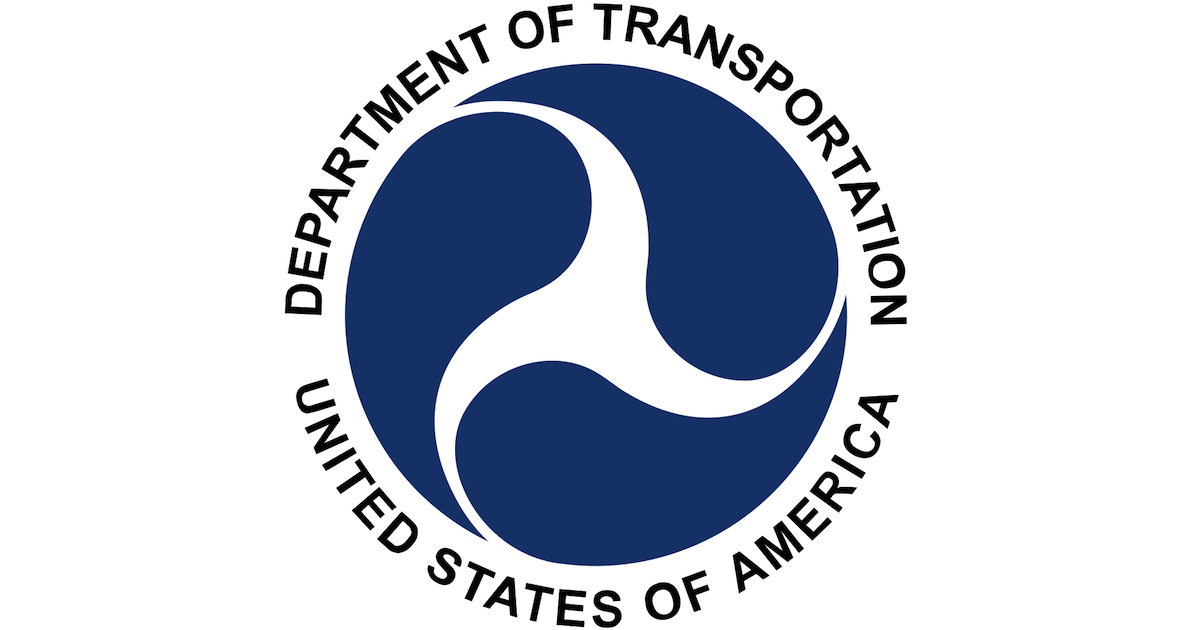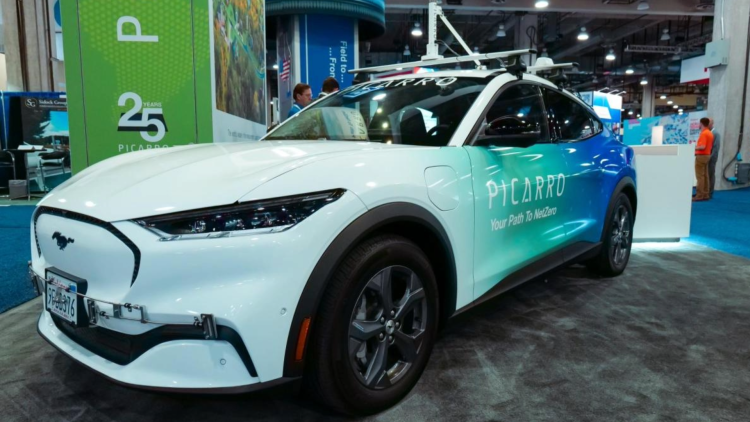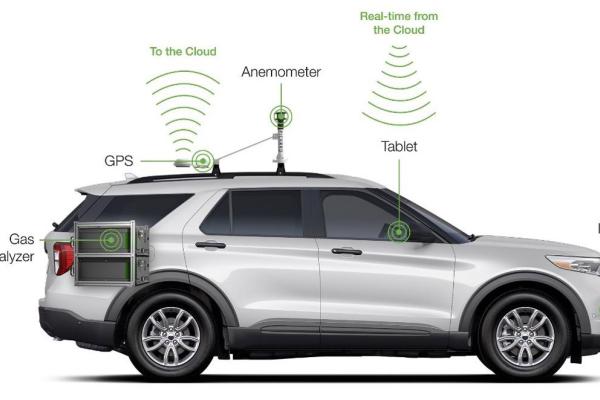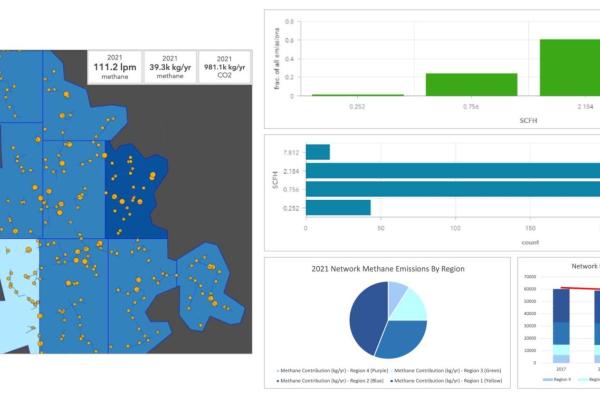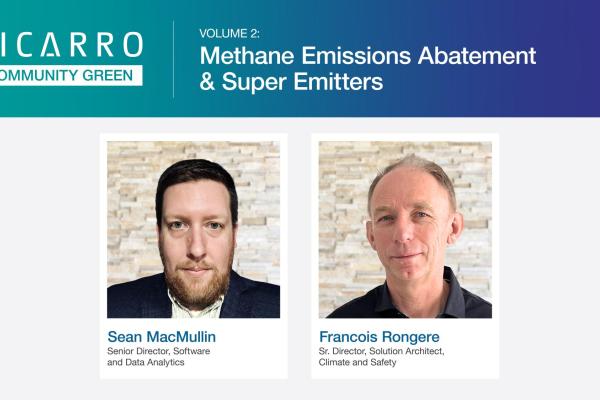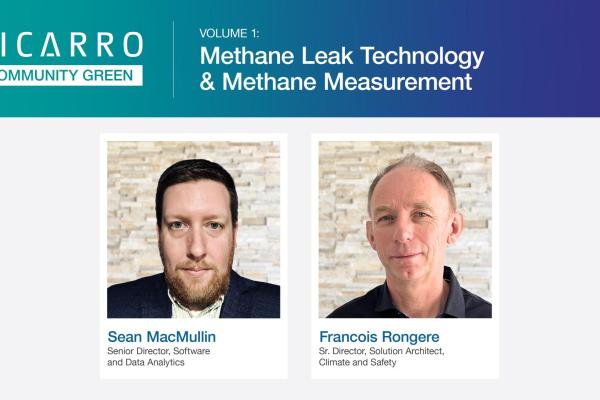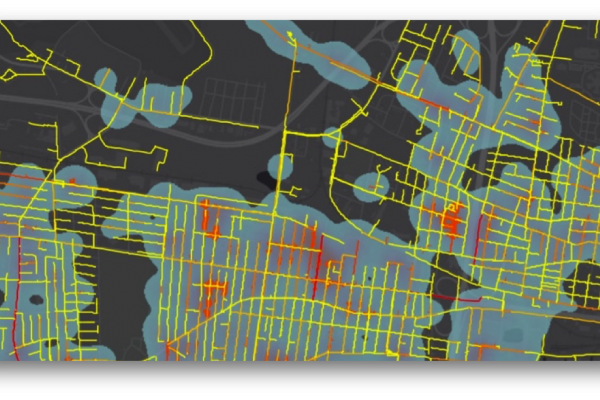Welcome to an exploration of the future of pipeline safety and environmental standards. We're diving headfirst into the game-changing proposals put forward by the Pipeline and Hazardous Materials Safety Administration (PHMSA). PHMSA is poised to revolutionize the pipeline industry with 11 key amendments under the auspices of the SAFE PIPES 2020 and the IRA legislations. These propositions are not just regulatory updates; they're ambitious steps towards a safer and greener pipeline industry. Lets unpack what this could mean for industry operators and the environment.
Unpacking the Proposed Amendments
To provide a brief overview, here are the 11 proposed changes to leak detection and repair (LDAR) requirements:
- Increase leak survey frequency from once every five years to three years and annually, depending on the pipe material, operational conditions, and maintenance history.
- Introduce an Advanced Leak Detection Program (ALDP) performance standard with a minimum detection limit of 5 ppm.
- Establish an obligation to identify, locate, classify, and repair all leaks.
- Implement a specified period for leak repairs based on leak grade and size.
- Reduce intentional emissions, such as blowdowns.
- Decrease emissions from relief devices.
- Mandate written procedures to eliminate hazardous leaks and reduce emissions, including through pipeline replacement.
- Establish the reporting of large methane releases (> 1MMcf).
- Extend requirements to include gathering lines.
- Acknowledge emissions as a hazard.
- Require quarterly leak surveys on LNG facilities.
Opportunities and Solutions
These proposed rules provide a great opportunity for gas operators going forward. Picarro can help you navigate this challenging environment.
Accelerated and Complex Leak Survey Schedule:
The increased survey frequency will inevitably lead to a 65% surge in foot leak survey costs, and the varying leak surveys for pipeline segments will complicate workforce management and compliance reporting.
Picarro's solution is a comprehensive software stack integrated with GIS and ERP-EAM systems. By conducting a simple annual drive, we establish a foundation for triggering leak investigations, assuring full compliance, and supporting methane abatement and emission reporting.
Advanced Leak Detection Program (ALDP):
PHMSA's introduction of ALDP comes after the realization that existing leak detection and repair practices were insufficient. A noteworthy change is the definition of a detection limit of 5 ppm for methane detectors.
Picarro’s solution is an advanced mobile leak detection system that surpasses the newly proposed requirements, providing operators with a comprehensive and unbiased dataset, helping them adapt to changes in their network condition and performance requirements.
Accelerated Leak Repair Based on Size and Grade:
The proposal to repair all leaks within timelines based on grading criteria presents another opportunity.
To meet this, Picarro's Super Emitter program offers a cost-effective way to detect and repair large leaks quickly, drastically reducing methane emissions.
Time to Contribute
We understand that this is a hefty document to consume, but we encourage everyone in the industry to engage in this crucial stage and contribute their comments.
In light of PHMSA's acknowledgement of advanced leak detection technologies, Picarro stands ready to support gas operators in meeting these proposed requirements, proving that mobile advanced leak detection systems are indeed part of the solution.
Contribute to the conversation and join the Picarro Gas Community. Members are discussing this topic and more online today!

Would you like to read more? Register for the Picarro Gas Community! Gain unlimited access to restricted content including playbooks, technical guides and conference panels.
